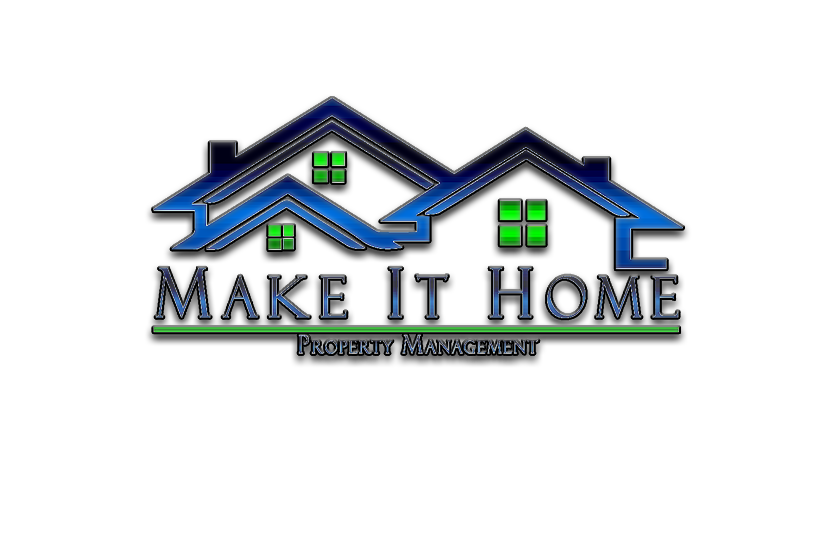10 Things That Should Be Included inYour Rental Agreement or Lease
10 Things That Should Be Included in Your Rental Agreement or Lease
A rental agreement or lease is a legally binding contract between the landlord and the tenant that outlines the terms and conditions of the tenancy..
This agreement consists of many components and can communicate how things should work for the landlord and tenant. When all parties clearly understand the terms of the rental agreement/lease and adhere to them. It is usually a much better experience for all involved. Here are10 things that should be included in a rental agreement:
1. The legal names of the landlord and tenants along with the legal address of the property.
2. The beginning and expiration date of the lease. Some agreements will also include the renewal terms. If it doesn’t, ask about it.
3. A payment date and method of payment should be outlined in the rental agreement so that the tenant knows when, how, and where they can pay the landlord. This can prevent unnecessary late fees.
4. The rental agreement should also state very clearly what will happen in the case of defaulting on a payment. The late fees should also be outlined in the rental agreement. The tenant should know up front the consequences of a late or no payment of agreed upon rents.
5. Who’s responsible for the maintenance? Sometimes tenants believe that the landlord takes care of all repairs. That may not be true. Some landlords outline the specific maintenance and repairs they will be responsible for and they do the same for tenants. Be sure your lease states who takes care of the maintenance.
6. In addition to maintenance, utilities may be a hot item. Make sure the lease clearly states who is responsible for the utilities. In some residents, water and sewage may be included, in others all utilities may be included and some may not include any utilities.
7. Property inspections and maintenance calls: Landlords have a right to assess their property during tenancy and often provide contractors to fix things. The rental agreement should detail when and under what circumstances a landlord can enter the premises to inspect or fix a repair. State laws vary on this matter and the rental agreement/lease should conform with the laws for the state of residency.
8. It should outline the alterations that a tenant can make to the property. The rental agreement should clearly state the kind and extent of the alteration that is allowed or not allowed. It should also state if the tenant should return the alteration to its original state upon move-out.
9. The rental agreement should touch on the subleasing. As subleasing is very popular today, the rental agreement should state your stand very clearly on this subject to avoid future misunderstanding.
10. The rental agreement should be very specific on the subject of abandonment. It must clearly define the landlord’s options if the tenant leaves the property without notice?
All of the items above are important components to any rental agreement or lease. They can make the overall landlord tenant experience much better by eliminating miscommunication and confusion up front. Since laws differ from state to state, rental agreements and leases can have additional terms and conditions.Take the time to understand the laws in the state in which you reside. Many states require written agreements dealing with real estate including rentals
